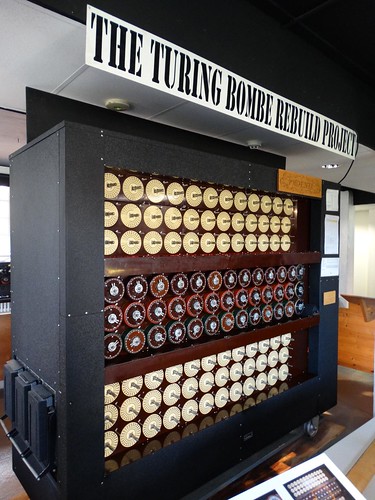
Photo by Glen MacLarty – A woolly jumper being knitted (…probably not from Yak’s wool)
Do all developers know the phrase “yak shaving”? Apparently not. I see it being introduced to a new generation of developers here.
What does it mean?
“yak shaving” …the alternative explanation.
You’re an engineer. You have a problem: you’re feeling a bit cold.
- You turn up the heating, but you decide it’s better to find a jumper to put on.
- You find a nylon sweater, but you want to do this properly. You need a woolly jumper.
- You go out to the shops to buy a woolly jumper. There’s good options, but nothing in a perfect size and shape for you. You decide the only really kick-ass solution would be to knit yourself a good thick woolly jumper.
- You look through some wool you already have, but since you’ll be spending quite some time on this knitting project, you decide you want some really premium quality wool.
- Back to the shops to select the very best wool, but you’re not satisfied. If it’s worth finding good wool, you decide it’s worth going to the source of the supply chain where the wool is produced.
- You go on a multi-day trek around the top wool-producing sheep farms, but as you learn more about wool you discover that the very best type of wool is from the Himalayan yak.
- …and so it is that you end up on a hillside in the Himalayas, in the baking hot sun …shaving a yak.
Origins
I like this explanation, but it is “the alternative explanation”, because I’ve no idea where it came from! Can’t find any reference to it on the internet. I think I was taught this by Andy Allan while I was working at CloudMade. A few years ago I introduced “yak shaving” to workmates at TransportAPI, to much hilarity.
For the real origins of the “yak shaving” phrase, all googles lead to Seth Godin‘s blog, which references, Joi Ito’s blog, which references an O’Reilly Book on productivity, and [oopse. now that’s going a bit recursive], but no there’s lots of pointers to the real origin, which I find a bit disappointing: A “Yak Shaving Day” segment of a Renn & Stimpy episode.
I suppose it’s disappointing because Ren & Stimpy is so unbearably bizarre I can’t get my head around it, but also I was hoping for the origins to have some better link with our tech community use of the “yak shaving” phrase. Oh well.


